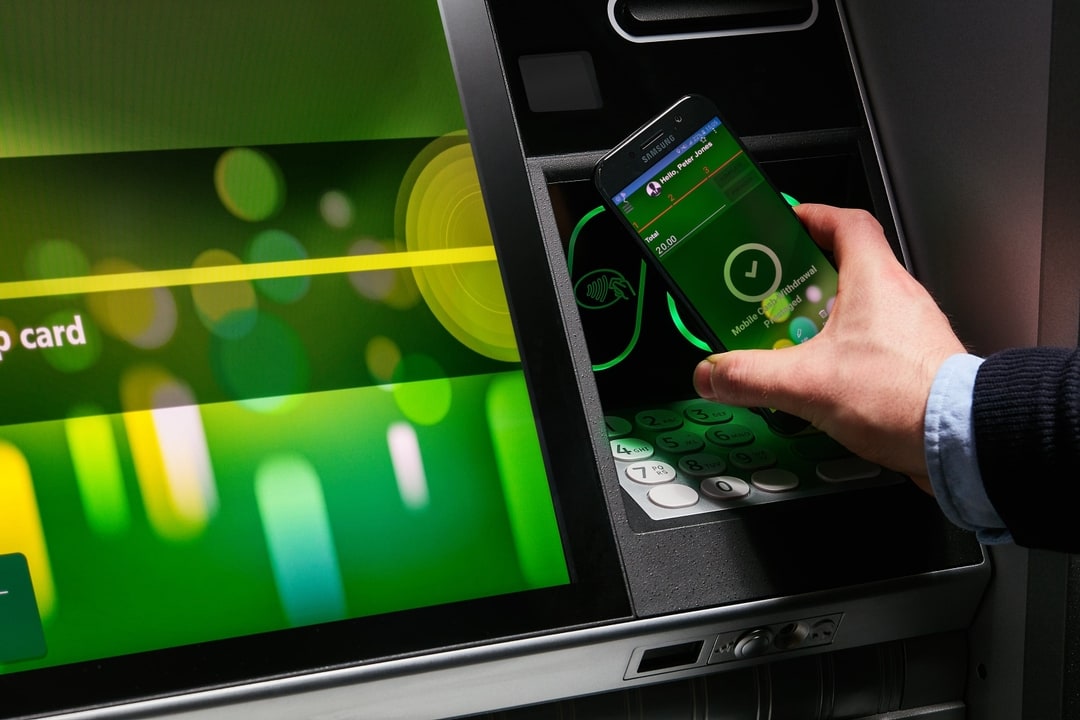Credit card surcharge and convenience fees: What you need to know
Published July 6, 2023
The rise of digital technology and the pandemic has seen a dramatic rise in the number of credit card transactions which in turn is leading to a rise in the cost of transaction fees to merchants.
As eCommerce grows, the way in which customers pay for their goods is changing, credit card usage is surging. According to Adobe, US consumers spent $1.7 trillion during the pandemic rapidly expanding the digital economy, a $609 billion rise on the previous two years. Groceries have become a major category for eCommerce and are expected to top $85 billion in sales during 2022 while consumers in general are expected to spend more than $1 trillion for the first time ever.
Meanwhile, eCommerce and digital technology is also prompting people to expect alternative forms of payment other than cash such as loyalty cards, cash cards, mobile payment as well as credit and debit cards.
The problem for retailers and their customers is that these generally come with a cost and those costs are growing.
Visa and Mastercard announced they were increasing their card swipe fees once again in a move which set off a backlash from retailers and lawmakers. For the most part, credit card companies do not charge swipe fees on consumers and charge merchants instead. Even so, consumers tend to end up bearing the expense as merchants have to find a way of covering the costs. According to the National Retail Federation (NRF), the country’s largest retail association, credit card companies cost the average American family $700 a year, an amount which is likely to grow with the new fees.
This presents retailers with a problem. Catering to the evolving expectations of customers can be expensive and demanding. Taking payment through credit cards and other cashless methods can be expensive. It involves buying hardware and transactions generally come with a fee from the payment processor and card brands.
At a time when retailers are facing escalating costs across the board, the rising level of fees and the number of transactions they are having to deal with represents a significant cost burden. In order to protect profit margins, retailers will pass some of these costs on to the consumer through convenience fees and surcharges.
These will generally pop up on the receipt and can lead to resistance from some customers. Understanding what they are, how they should be used and how these costs can be minimised can help retailers explain the transaction fees to their customers.
What are surcharges?
Convenience fees and surcharges are often confused in the minds of merchants and customers. Although they perform the same basic function, they differ significantly in a number of ways.
A card surcharge is paid on credit cards and are usually calculated as a percentage of a total transaction. It’s a common feature of most major credit card brands such as Visa and Mastercard and varies from card issuer to card issuer. Some card providers will have lower costs than others which will influence whether the retailer feels compelled to pass the cost on to the consumer or not.
Both the government and credit card companies regulate the terms of how and when surcharges can be used. Most credit card companies will cap the total surcharge at around 4% so it’s important to talk to the company about what surcharge can be passed on and, when necessary, seek legal advice.
In 11 states across the US, surcharge fees are also illegal. They are:
- California
- Colorado
- Connecticut
- Florida
- Kansas
- Maine
- Massachusetts
- New York
- Oklahoma
- Puerto Rico
- Texas
Before you consider adding a surcharge, then, you should check that it’s legal in your state and register with your credit card brands.
Convenience fees
While it might not sound very convenient from the customer’s perspective, a convenience fee is charged for the ability to use an alternative form of payment – namely one that isn’t cash. They are charged when the method of payment is not standard. For example, some companies will charge them for payments made online or by mobile payment. With more retailers offering buy online and pick up in store options, they are becoming more common.
Unlike credit card surcharges which are a percentage of the total sale, convenience fees tend to cover the processing fee of a transaction. The convenience fee will be fixed for all transactions which means the cost may be more on smaller purchases. Retailers often incentivise consumers away from payment methods which might include these options for smaller purchases.
How can we reduce payment fee costs?
With alternative forms of payment becoming more popular, card providers are finding that the costs mount up. A small fee on each transaction might not look like much on its own but it will offset the costs for processing payments on each transaction. That’s why many retailers will be looking at a surcharge program to save money and pass some of the costs on.
These integrate with your existing setup and assesses each incoming transaction. It recognizes if the transaction is coming from a credit or debit card and provides the customer with a breakdown of the cost billing them for the item and showing them the specific surcharge. It applies to all items and cannot be limited to certain items.
If you decide to pass these on as the retailer, you will need to flag this clearly to make sure customers are fully informed when and where a surcharge will be applied.
The obvious benefit of this option will be that it saves retailers money. Taken over a year, this could add thousands of dollars to bottom line performance. Most programs are easy to set up and launch and can be integrated into existing software systems.
On the other hand, showing the customer the cost tells them how much it cost to process the transaction. Depending on how much this is, they may decide to pay with cash or take their business elsewhere to a merchant that is not going to pass this cost on.
There are ways to mitigate this – namely by being transparent, providing customers with plenty of information and giving them the one thing they have come to expect in the age of eCommerce – choice.
The more payment channels provided to customers at each touchpoint offers more options. It benefits both retailers and customers each of whom have a clear incentive to use the payment channels that work best for them while offsetting the fees for transaction processing.
No business wants to charge its customers more if they can help it. However, in a world in which credit card and alternative payment methods are becoming ever more common they can be important to retailers to manage costs.



